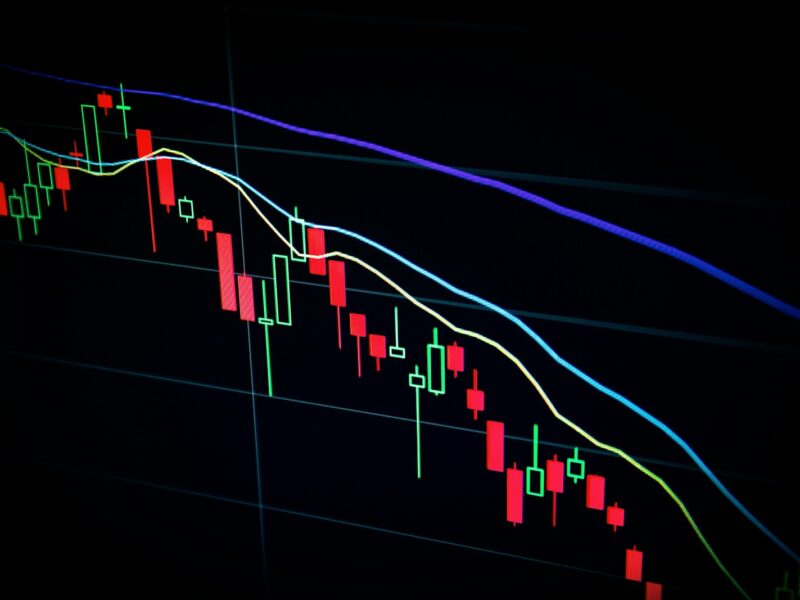A retirement portfolio is vital and fundamental for everyone who wants financial security in their retirement days. You want to spend the rest of your days relaxing after decades of hard work. While saving for your retirement years might sound simple enough, you must also consider diversifying your portfolio.
Why You Should Diversify
Different assets in your portfolio, ranging from cash, bonds, stocks, and precious metals, set you on the right path. Remember that diversification doesn’t guarantee your investment against losses, ensure gains, or boost your portfolio. However, one of its goals is to improve your investment’s returns.
You can have different returns when you have various assets in your retirement portfolio. The best thing about this is that you can prevent your portfolio from declining too much since your other assets won’t depreciate, only a portion of it.
Say the stock market drops suddenly. That can spell big trouble if you only have stocks in your investment portfolio. But if you have other assets, such as precious metals, cash, and others, these assets can save your portfolio from considerable losses.
How To Diversify
Investing in different assets, such as real estate, funds, stocks, and IRAs, is also a good idea. A 401k is an excellent investment for your portfolio, but investing in precious metals can give you significant returns.
Consider moving 401k to gold IRA without penalties on your precious metal investments to add commodities to your retirement portfolio. These commodities also protect your retirement plans if there were a significant drop in value from the stock shares in your 401k.
Another way to diversify your retirement portfolio is to acquire diversified types of investments. It means avoiding overconcentration in a single investment within your stock holdings. For instance, your stock portfolio shouldn’t have more than 5 percent of each stock.
You should also diversify across different stocks by geography, sectors, and market capitalization, ranging from large, mid, and small caps. Or you can consider a mix of value, growth, and other combinations of styles.
Stocks from different markets reduce your risk since you spread your assets. And this is true since not all regions, sectors, and caps move to the same degree and at the same time.
If you want more conservative assets in your portfolio, add moderate instruments generating competitive returns. Unlike pure equities, assets like corporate bonds have less risk. Aside from that, add some non-correlative assets, such as gas leases, oil, and derivatives. They generate better returns on days when traditional investments are idle. Moreover, they also reduce your portfolio’s overall volatility.
Risk And Reward
You also need to know risk and reward since you must gauge whether your investments are profitable. All assets, including your retirement portfolio, involve some risk. You might lose some, if not all, of your money, even if you’ve invested in mutual funds, bonds, and stocks.
Knowing you can have a potentially significant investment return if you take on risk is also essential. For instance, you can go for asset categories with higher risk. Higher-risk assets include bonds or stocks more suitable if you have a long-term financial goal like retirement. But if you have short-term financial goals, invest solely in cash investments or other assets with less risk.
Assessment Of Risk
When preparing for your retirement, you also need to assess the risk of all your investments. When evaluating assets you want to add to your portfolio, knowing how to analyze all its risks is crucial in making the right moves. One way to do this is by applying a qualitative risk analysis using a pre-defined rating to score an asset’s success.
A better way to understand the potential or stability of the investment to do well is by evaluating it through these specific parameters:
- Competitive advantage
- Dependability of its services or products
- Effective risk management
- Compliance with regulations
- Brand value
- Corporate governance
- Integrity of senior management
- Robust business model
These parameters allow you to gauge if the asset can bring a higher return on investment or if it doesn’t meet your expectations. That way, you can lessen the risk of losing your hard-earned money in assets that might not potentially grow your retirement portfolio.
Conclusion
When you retire, you must be financially secure to enjoy the rest of your life. One way to achieve that is by diversifying your retirement portfolio. More than one class of assets can lessen the risk of losing your hard-earned money. Moreover, build other sources of income aside from relying on your 401k.



